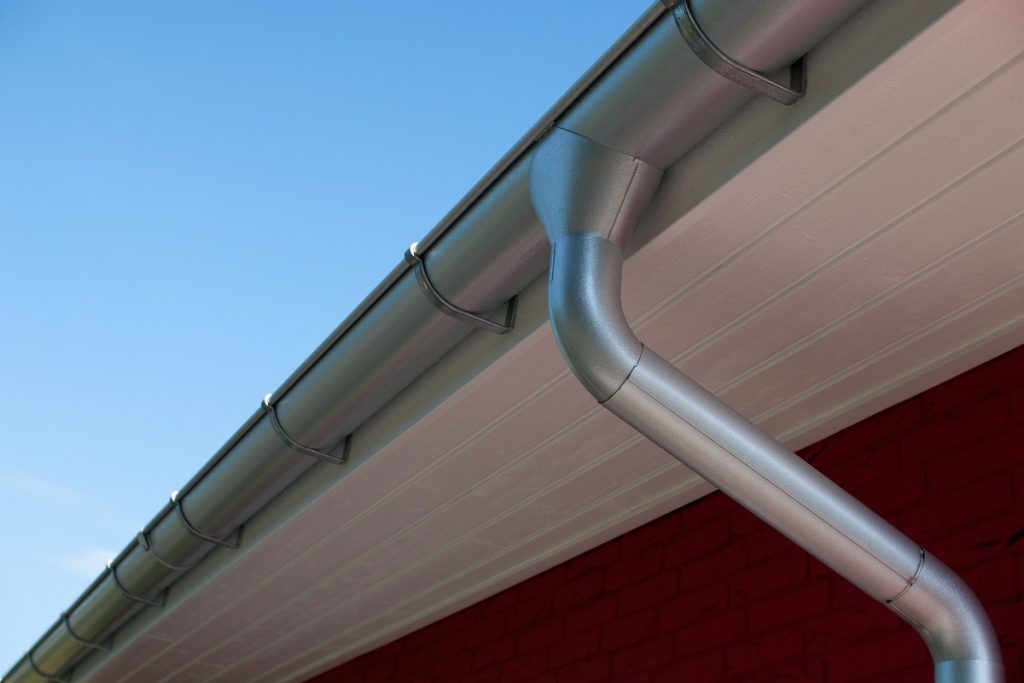Wet climates are characterized by frequent rainfall and humid weather. It may take a long time for drains to clear after a lot of rainfall so debris such as tree roots and leaves may build up in the sewer lines and cause backups in indoor pipes. There’s a lot you can do to keep sewer and storm drains from clogging. Simple actions such as cleaning the area and throwing trash, no matter how small, in designated receptacles, go a long way to preventing clogging.
When there is overflow in different plumbing fixtures, this is an indication you need a sewer line check, experts at mybuddytheplumber.com remind their customers. Here are the most common causes of drain clogs in wet climates.
Excessive Water
Floods caused by heavy rainfall are signs of a clogged drain. Sewer water backs up the drain, causing it to spill out of the storm drains. These floods can rise rapidly, especially if the rainfall doesn’t stop. Dirty water creates a putrid smell and is likely to cause discomfort not only for your household but the neighborhood as well. Floodwaters can even enter your house, allowing bacteria and viruses into the household.
A flooded area poses a double whammy for the community: the vicinity floods because drains likely are not working at full efficiency, and the floodwater thereby also takes time to go down, given the poor drainage situation.
Plants and Dirt
Natural debris such as plants and dirt are factors that keep water from flowing through sewer drains. Tree roots are a pain as they can grow underneath the surface and cause more problems in the future. These block drains from outside which can lead to water pooling up in indoor fixtures such as the shower and kitchen drain, posing possible bacterial infections in your household.
It is also wise to maintain and trim the plants around the sewer or storm drain, as well as prevent leaves from collecting around the drains. These can fall in and block water from flowing. To avoid these clogs, clean up after every garden maintenance session you have. The frequency of cleaning your garden and gutters may vary depending on the surrounding trees and plants. The more trees, the more falling leaves that can collect in surfaces near drains. Make it a habit to properly dispose of dead leaves to keep these from floating into drains during rainfall.
Mold
Wet and humid climates are the conditions where mold and mildew grow and thrive. Mold develops anywhere that is moist and where there is a food source. Among its most common breeding places is a drain pipe, where waste and filthy water pass to go to a sewer. Over time, this waste creates a buildup which molds and bacteria feed on. This buildup produces a thick sludge that causes drains to clog, resulting in water damage.
You can identify a moldy drain by its foul smell. If you think that your drains may be clogged by mold, have them serviced and maintained as soon as possible. If your drains are left clogged, the mold spores will continue to spread and can be a serious health hazard in the household. Mold buildup can also be a warning sign that your drains might not be properly installed or are already damaged.
It’s important to do a frequent upkeep of your drains, especially if clogs often occur. Places that experience wet climates frequently are prone to flooding and excess water, so make sure that water is draining properly and the surroundings are kept clean and well-maintained.






